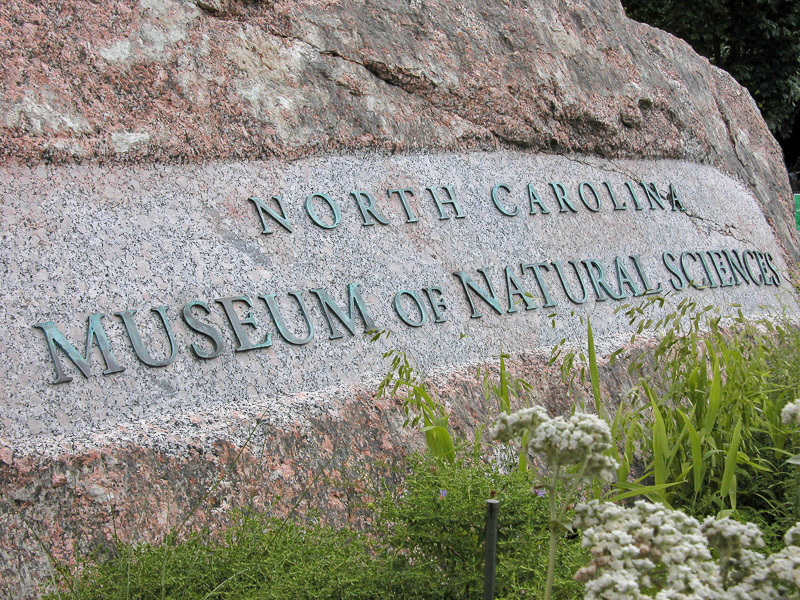
NC Science Museums Grant Program application period reopened
June 21, 2021
The competitive North Carolina Science Museums Grant Program is one of the many ways that the State of North Carolina invests in sustaining and advancing one of the most diverse and widespread networks of science museums in the country. These museums are critical resources for schools and communities in providing learning experiences in and out… Read More >
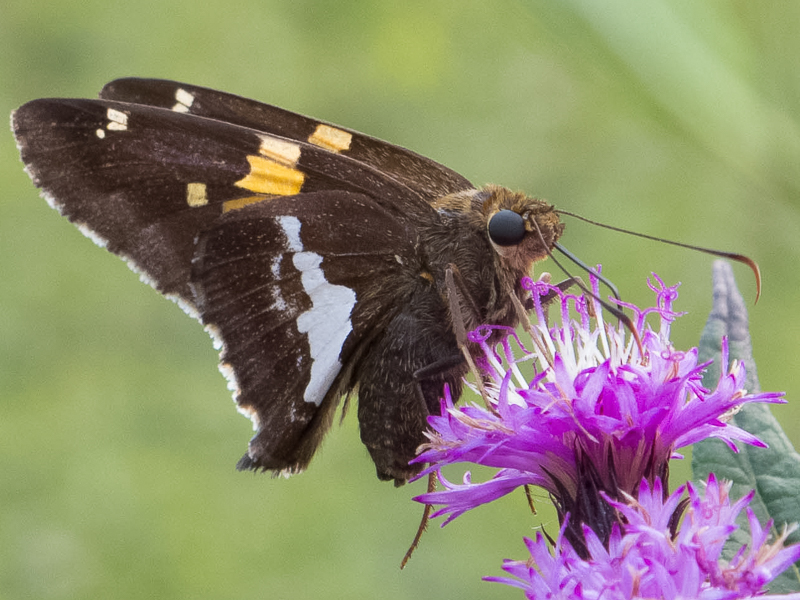
Butterflies and Moths: Differences Are Just Scale Deep
June 17, 2021
By Colin Brammer, PhD, Coordinator of the Natural World Investigate Lab Often one wonders what the difference is between butterflies and moths. They are all just bugs, aren’t they? While native English speakers have two distinct words for the seemingly separate insects, The French, linguistically, consider them the same. Papillon is French for butterfly. Moth,… Read More >
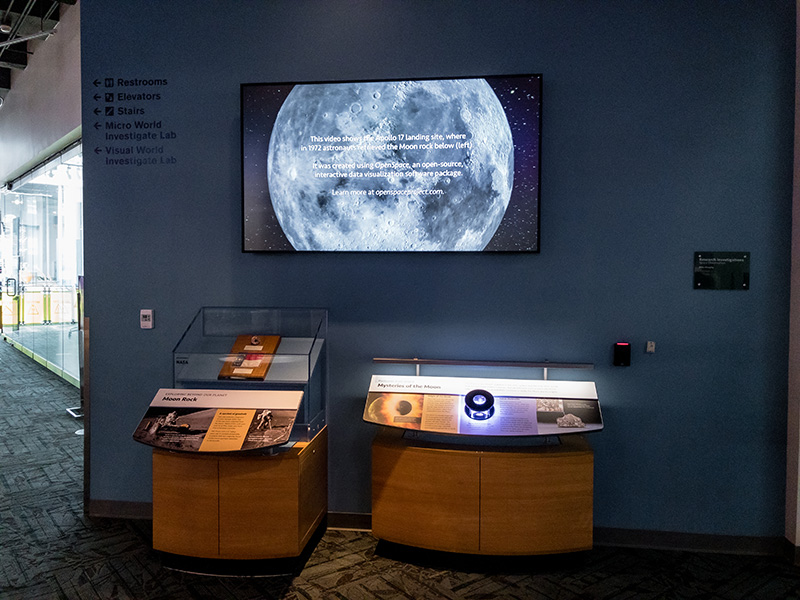
New Lunar Exhibit: Mysteries of the Moon
June 10, 2021
By Rachel Smith, head of Astronomy & Astrophysics Research Lab and curator of meteorites and Micah Beasley, PR & Marketing Coordinator The Mysteries of the Moon exhibit at the Museum’s downtown Raleigh location. Our Moon is more than 238,000 miles from Earth, and now a small piece of it is on display at the Museum’s… Read More >
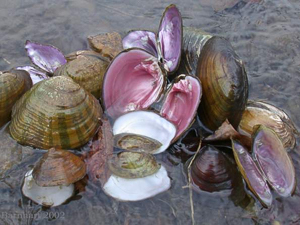
Museum curator co-authors new paper on knowledge shortfalls and conservation of freshwater mollusks
June 9, 2021
An array of diverse freshwater mussels from one river in the United States. Photo: Dr. M. Chris Barnhart, copyright 2002. Museum Malacology Curator Art Bogan has co-authored a new paper: “Major shortfalls impairing knowledge and conservation of freshwater molluscs,” published in Hydrobiologia June 2, 2021. From the Abstract: “Molluscs are among the most diverse and… Read More >
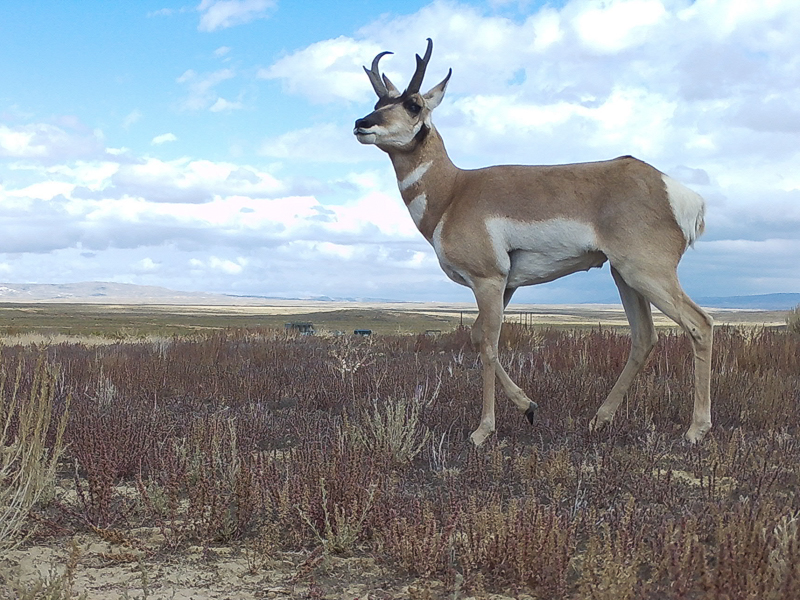
SNAPSHOT USA: First-ever nationwide mammal survey published
Pronghorn (Antilocapra americana) enjoys the sun in the snowy hills of southern Wyoming, contributed by Jesse Alston, University of Wyoming. [RALEIGH, N.C.] – How are the squirrels doing this year? The bears? The armadillos? How would you know? A new paper published June 8 sets up the framework for answering these questions across the United… Read More >

